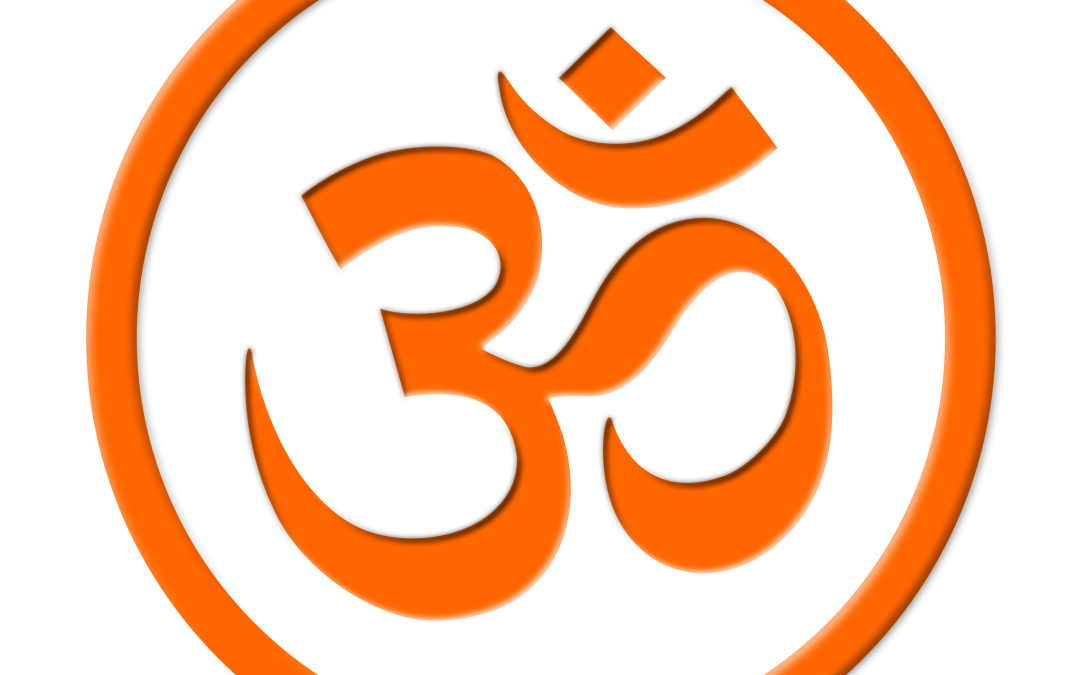Advaita Vedanta: The Science of Reality
Vedanta represents the culmination of the wisdom of the Upanishads, the concluding parts of the Vedas. Vedas are the most ancient, key Indian wisdom texts. Advaita literally means not-two (a-dvaita). In essence, Advaita Vedanta represents the final teachings of the Vedas, which is the Oneness of the Self.
Vedanta’s subject-matter is the Absolute Reality called Brahman in Sanskrit, which is of the nature of Pure Consciousness and is the inner self (Atman) of everyone. It teaches that this Ultimate Reality is only One, without a second (ekam eva advitiyam). It is free from all possible differences: There is no other reality similar to it; nor there is any reality different from it; and within this reality, there are no parts that are different than this one reality (sajaatiya-vijaatiya-svagatabheda-rahitam).
Vedanta makes the radical claim that “You are That,” –Tat-tvam-asi— right here and right now, always and forever! It is not something you become after you do this or that spiritual practice (saadhanaa). It is not a state one attains by doing something; it is a matter of recognizing and being who you already are—attaining the ever-attained (praaptasya praapati).
The Upanishads call this reality Existence (satyam), Consciousness/Knowledge (jnanam), and Infinite (anantam). It is experienced as the ever-present awareness, the inner self of all. It is the conscious subject to all phenomenon and all our objective experience.
We all have this intuitive and immediate experience that “I exist” and that “I am aware.” This unalterable, un-negatable “being-presence” is our true nature. To cognize this fact in our direct and immediate experience is the goal of Vedanta.
Vedanta claims that this is a fact of life and it can be verified by everyone in their own direct experience, if we sincerely inquire about it.
That is why Vedanta has been called the science of reality.
There are three principal foundational texts of Vedanta called prasthana-traya: Upanishads, Brahma-Sutras and Shrimad Bhagavad Gita. These three canonical texts, together with the commentaries of Adi Shankaracharya, perhaps the greatest Indian philosopher from 8th century, constitutes the main corpus of Advaita Vedanta.
What is Real in Vedanta?
Vedanta uses a triple test to determine what is really real (satyasa satyam).
Only that is real which satisfies the following three-part test:
- It never changes.
- It does not depend upon anything else for its existence.
- It can never be negated.
Put differently:
- It should be something that never changes in the three periods—past, present, and future (nirvikaara, trikaala-abhaadita).
- It should be something that is self-existent, self-established, and self-luminous (svayam bhu, svatah siddha and svayam jotih).
- It should be something that can never be negated or cancelled or falsified, something that never goes out of existence (aprilupta).
If we examine the totality of our experience and apply this test, we discover that there is only one thing that satisfies this threefold test of what is really real. And that is the undeniable, felt sense of our presence or being. Everyone experiences it as beingness, as knowingness. That I exist and that I am aware that I exist, is the direct and immediate experience of everyone at all times.
It is the witnessing consciousness (saakshi-chaitanya) of our sense experience, thoughts, feelings and ego (the me-notion). This ever-present awareness never changes; it is self-established; it never ever goes out of existence (aprilupta chaitanya); and it can never be negated at any time.
The goal of Vedanta is to realize/cognize this as a living fact in our own direct experience: That I am the unchanging, ever-present, witnessing consciousness, the conscious Subject, the substratum in which all objective phenomenon—time, space, causality, the body-mind-sense complex that I take myself to be—appear and disappear. I am the Absolute Reality: Aham Brahma asmi.
Now, this is not our own common experience—that I am limitless Awareness, the unchanging conscious witness of my senses/thoughts/ego etc., unborn, undying, One Reality, without a second, always and forever.
Our common experience is that we take ourselves to be a limited being, a name and form (nama-rupa), who is born in this world, confined in time and space, getting old and who will cease to exist one day. This is the general belief of almost all of the humanity.
In the next article, we will discover how can be cognize our true nature as Pure Consciousness and what are the fundamental misconceptions that stand in the way of realizing our true nature as infinite, immortal consciousness.


Recent Comments